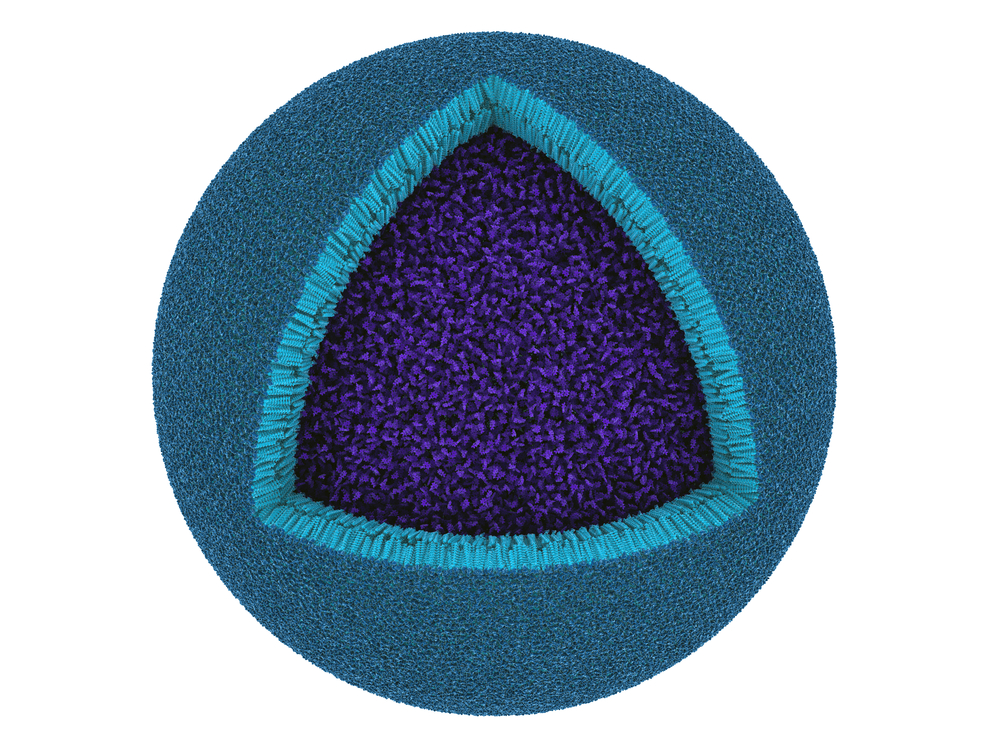miRNAs in Exosomes May Serve as Basis for New Alzheimer Diagnostic Tests
Written by |

As a disease that is best detected and treated early after onset, Alzheimer disease is characterized by a variety of aberrantly regulated proteins and molecules, which once identified can be used as biomarkers for disease and integrated into Alzheimer’s diagnostic tests. New research at the University of Illinois at Chicago by co-authors Dr. Giovanni Lugli and Dr. Aaron M. Cohen suggests that plasma exosomal miRNAs may also be used as biomarkers to detect Alzheimer’s disease in affected individuals.
Multiple studies have previously identified RNA molecules as promising biomarkers for Alzheimer’s disease, but the question of which tissues give the most optimal source of information has hindered progress in this field of research. “We hypothesized that isolated circulating exosomes might be a particularly ‘clean’ and informative tissue source, since they are secreted physiologically by many tissues and the secretion can be actively modulated in a tissue-specific manner,” wrote Dr. Lugli and Dr. Cohen, authors of “Plasma Exosomal miRNAs in Persons with and without Alzheimer Disease: Altered Expression and Prospects for Biomarkers,” which was published in PLoS ONE. Exosomes are “packages” secreted from many different cells types (including neurons affected in Alzheimer’s) and contain molecules that are found within the cells that secrete them. Exosomal molecules include miRNA that could provide insights on disease states inside cells.
To better understand what type of information can be extracted from exosomes in patients with Alzheimer disease, the team at the University of Illinois at Chicago analyzed samples of plasma taken from 35 people with Alzheimer disease-related dementia. Using sophisticated sequencing methods and data analysis, the researchers identified twenty miRNAs that were expressed differently in Alzheimer disease patients compared to healthy controls. Seven of the miRNAs were especially useful to create a model to predict Alzheimer disease.
Using this model, researchers were able to predict Alzheimer disease with an accuracy of approximately 86%, demonstrating it may be useful for undiagnosed patients. According to the authors, “The findings warrant replication and follow-up with a larger cohort of patients and controls who have been carefully characterized in terms of cognitive and imaging data, other biomarkers (e.g., CSF amyloid and tau levels) and risk factors (e.g., apoE4 status), and who are sampled repeatedly over time. Integrating miRNA expression data with other data is likely to provide informative and robust biomarkers in Alzheimer disease.”





